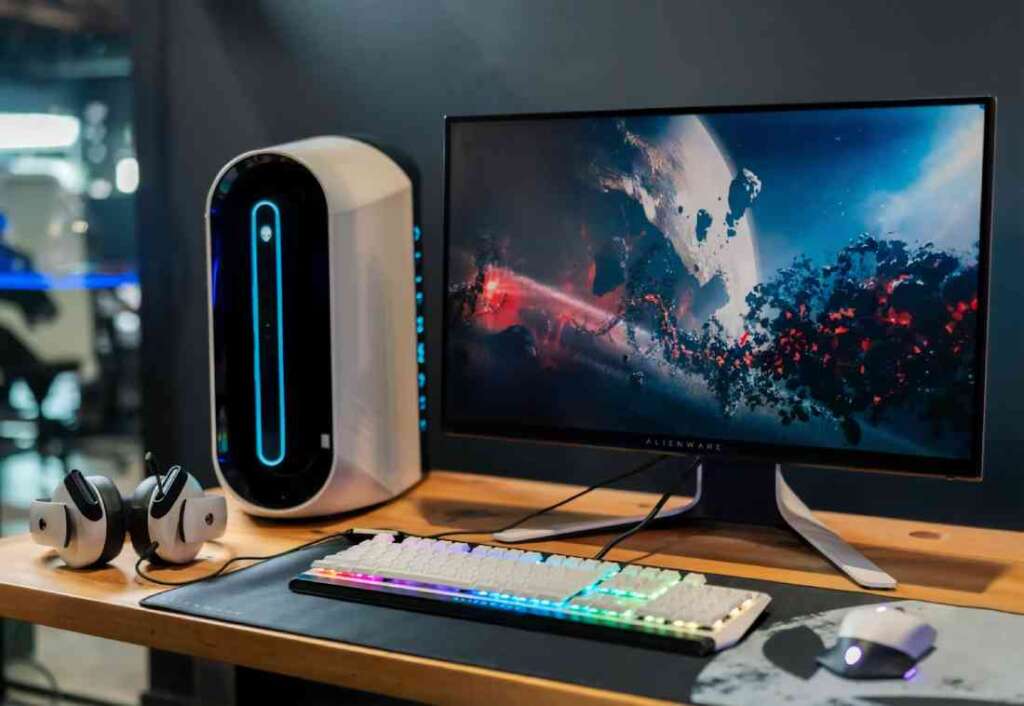The Ultimate Guide to Smarter Gadget Comparisons
In the fast-paced world of technology, a new gadget seems to launch every other week. From smartphones and laptops to wireless earbuds and smart home devices, the choices can be overwhelming. It’s easy to get lost in a sea of technical specifications, marketing jargon, and flashy promotional videos. So, how do you cut through the noise and find the perfect device for your needs? The answer lies in mastering the art of the gadget comparison.
At its core, comparing gadgets isn’t just about finding which one has the highest number; it’s about finding the right tool for your unique digital life. This guide will walk you through the key factors to consider, moving beyond the basic spec sheet to ensure your next tech purchase is a resounding success.
1. Define Your “Why”: The Foundation of Any Comparison
Before you even look at a single product page, ask yourself the most important question: What do I need this gadget to do?
-
The Professional: Are you a graphic designer needing a laptop with a color-accurate display and powerful processor for video editing? Or a writer who needs a comfortable keyboard and long battery life?
-
The Content Consumer: Do you primarily stream movies and browse the web on a tablet? Screen size, resolution, and speaker quality will be your top priorities.
-
The Fitness Enthusiast: For a smartwatch, are you focused on accurate GPS tracking, heart rate monitoring, or seamless integration with your smartphone?
-
The Casual User: Do you just need a reliable smartphone for calls, messages, and social media? A mid-range device will likely serve you better than a flagship model.
Understanding your primary use case will instantly narrow down the field and help you focus on the features that truly matter to you.
2. Look Beyond the Megapixels and Megahertz: The Real-World Performance
Specifications are a starting point, but they don’t always tell the whole story.
-
Processor (CPU/GPU): A higher number of cores or a faster clock speed (GHz) sounds great, but real-world performance is about optimization. Look for benchmarks and reviews that test the device with apps you actually use. A phone with a slightly less powerful chip might offer a smoother experience if its software is better optimized.
-
Camera: The megapixel (MP) myth is a classic trap. A 12MP camera can often take better photos than a 48MP one. Pay more attention to sensor size, pixel size, aperture (e.g., f/1.8 is better for low-light than f/2.4), and image processing software. Look for sample photos taken in various lighting conditions.
-
Battery Life: Manufacturers’ claims can be optimistic. Always seek out third-party battery tests from reputable tech reviewers. For laptops, consider devices that offer USB-C charging for greater convenience.
3. The Ecosystem: The Invisible Handcuffs
In today’s connected world, gadgets rarely work in isolation. The ecosystem—whether it’s Apple, Google, Samsung, or Amazon—plays a crucial role.
-
Apple Ecosystem: If you own an iPhone, Mac, and iPad, adding an Apple Watch or AirPods provides a seamless experience with features like Handoff, Universal Clipboard, and iCloud syncing.
-
Android/Windows/Google Ecosystem: This environment offers more flexibility. A Samsung phone pairs well with a Galaxy Watch, while a Google Pixel integrates perfectly with Google services and certain Windows features through apps like “Your Phone.”
-
Cross-Platform Compatibility: If you mix and match brands, ensure the gadgets you choose work well together. Do those wireless earbuds have a dedicated app for both iOS and Android? Does that smart plug work with both Google Assistant and Amazon Alexa?
Investing in a cohesive ecosystem can dramatically enhance your user experience, but it can also lock you into a specific brand.
4. The Intangibles: Build Quality, Design, and Ergonomics
A gadget is a physical object you’ll interact with daily.
-
Build Quality: Does it feel premium and durable? Is it made of glass, metal, or plastic? Materials affect both aesthetics and the device’s ability to withstand drops.
-
Ergonomics: How does it feel in your hand? Is it too heavy or too large to use comfortably? For a laptop, the keyboard travel and trackpad responsiveness are critical.
-
Software and UI: Is the user interface clean and intuitive, or is it bloated with unnecessary pre-installed apps? Long-term software support is also vital; how many OS updates will the device receive?
5. The Long Game: Software Support and Resale Value
A gadget is a long-term investment. Consider its future.
-
Software Updates: Apple is renowned for providing many years of iOS updates. In the Android world, Google and Samsung have improved, but support varies widely. Regular security patches are essential for keeping your device and data safe.
-
Resale Value: Generally, Apple products retain their value better over time than most Android devices. If you plan to upgrade frequently, this is an important financial consideration.
Conclusion: Be an Informed Tech Consumer
The goal of a gadget comparison is not to find the objectively “best” device—it’s to find the best device for you. By defining your needs, looking beyond raw specs, considering your ecosystem, evaluating physical design, and thinking about the long term, you can make a confident and satisfying purchase.
Found this guide helpful




